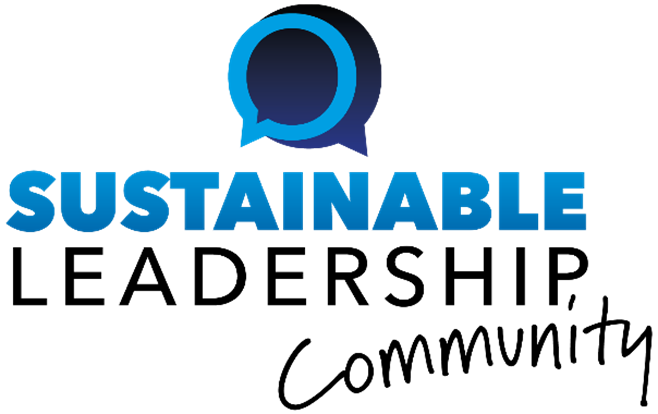Most people make moral judgements intuitively: we feel what is right or wrong. For example, imagine a dilemma in which a runaway trolley is racing toward five people, who will be killed if the trolley is not stopped. A man named Adam stands on a footbridge overlooking the trolley tracks. In an effort to save […]
Read More… from We Trust People Who Believe in Absolute Moral Rules
Implementing change is never easy, but for a newly hired executive working with new people in a new culture, the challenge is even greater. Understanding the current culture of the company is an important first step. What are the norms, values and beliefs of the company? Who are its informal leaders? Dissecting the company’s organizational […]
Read More… from Ten Steps for New Executives: Understand the Culture before Implementing Change
The gig economy (‘gigs’: think musicians and bands) — an economy built more than ever before on contract workers and part-timers — is dramatically changing the relationships between employers and the people they employ. One side effect of the gig economy, according to a recent study, is that short-term workers on their way out are […]
Read More… from Last Chance Cheating: A Gig Economy Challenge
More and more business leaders and top managers understand that employee wellness programs help the organization succeed, through less absenteeism and greater engagement and productivity, as much as it helps individual employees to be happy and healthy. However, according to a report from two researchers involved in a multi-year study of wellness programs, many employees […]
Read More… from How to Inspire Resistant Employees to Embrace Health and Wellness
For three Scandinavian researchers, the traditional approach to leadership almost renders the term a misnomer: the study of ‘leadership’ is actually the study of ‘leaders’ — the study of the personality traits, behaviours, and performance of (often) heroic individuals who align and inspire their ‘followers.’ Leadership, in this traditional approach, is not only embedded in […]
Read More… from Forget the Hero: Leadership as Day-to-Day Processes, Practices and Interactions
To foster innovation, the first step is to recognize the difference between business thinking and innovative thinking. Business thinking is logical, builds on past precedents and pursues certainty. Innovation thinking is intuitive, revels in ambiguity, and favours slow reflection over quick decisions. Leaders in innovative companies are adept at both business thinking and innovative thinking. […]
Read More… from Three Building Blocks of Innovation Leadership
Whether developing new products or services, refining internal processes, or creating disruptive business models, innovation is the key to sustained competitive advantage. Many companies, however, are unable to meet their innovation goals. In a recent Center for Creative Leadership white paper, authors David Magellan Horth and Jonathan Vehar cite a survey of 500 leaders in […]
Read More… from Innovation Leaders Turn Creative Ideas Into Action
People react differently to decisions based on what they perceive was the fairness of the outcome as well as the fairness of the process — and whether or not they trusted the decision makers in the first place. For example, if people trust a manager, they are more likely to see both the outcome and […]
Read More… from How People React to the Fairness of Decisions: Trust Makes a Difference
Even the most well-intentioned people can be swayed by almost subconscious, automatic biases against certain categories of people — what scientists call “implicit out-group bias.” These biases emerge from engrained negative and positive associations that lurk in our minds. A team of researchers from Central Michigan University explored whether mindfulness meditation could help reduce our […]
Read More… from Mindful Meditation Helps Reduce Racial and Age Bias
Many CEOs recognize gender equality as an important strategic priority. However, top-level strategic priorities can be undermined if male middle managers display or enable gender bias through the type of small-scale everyday organizational practices that often go unnoticed… and become accepted as the way things are. As a result, male middle managers are the linchpin […]
Read More… from Male Middle Managers: Linchpins of Gender Parity at Work




